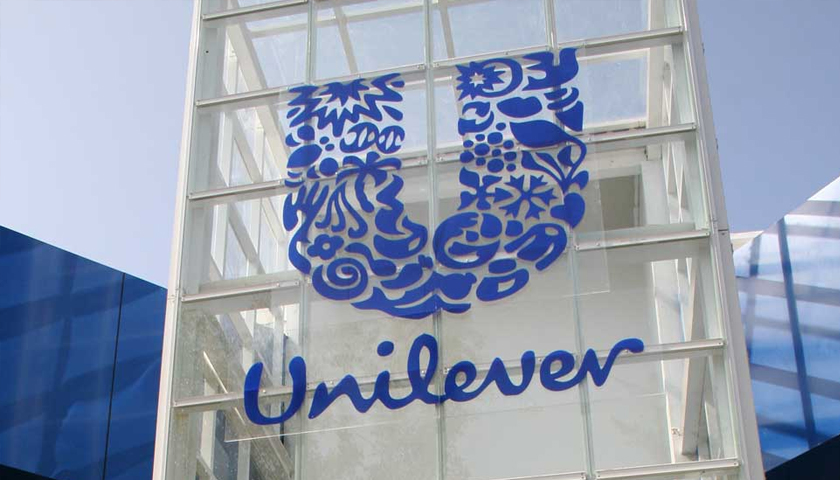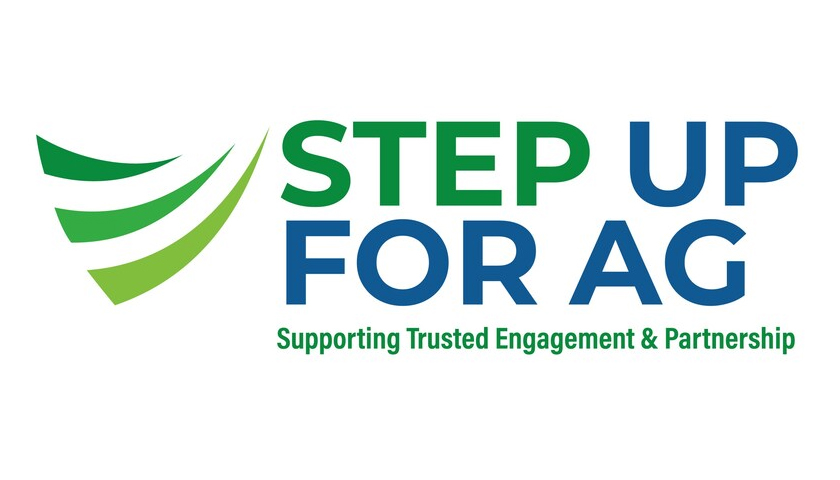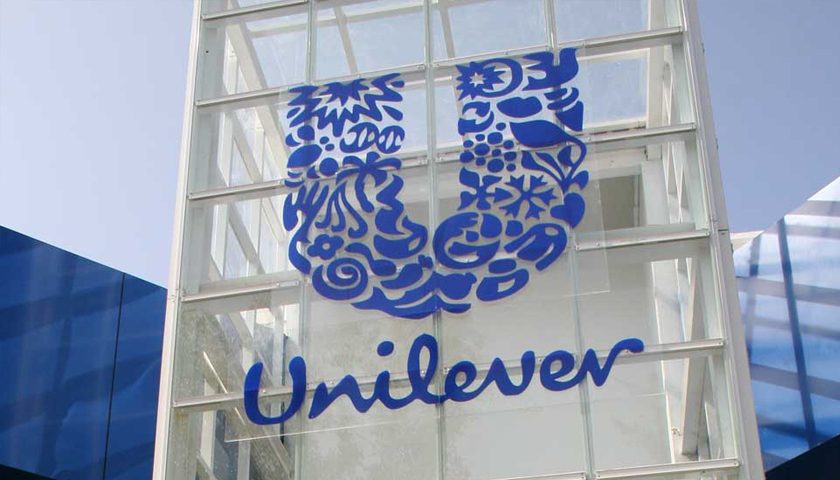Unilever and the International Center for Research on Women have created a Gender Equity Assessment Tool. It’s designed to measure the impact of our sustainability initiatives in empowering women and provide tailored action plans to accelerate progress.
Of the many gains to be had from advancing gender equity, none are clearer than the financial benefits for the world’s GDP and global business’s bottom line.
Estimates from the World Bank Group suggest that if women had the same lifetime earnings as men, global wealth would increase on average by $23,620 (€22,392) per person.
In terms of profitability McKinsey research shows that companies with diverse executive boards outperform industry peers by 21%.
Delivering equity in our business
At Unilever, building gender equity begins in our own workplace. We use a metric called the Gender Appointment Ratio (GAR) to offer senior leaders a track record of their appointments over a five-year period.
Our hiring managers also use ‘balanced slates’ to ensure there’s a level playing field of talented people to promote. In 2022, women represented 54% of our management employees.
Measuring success in our empowerment programmes
We also aim to ensure the same rigour is applied to our sustainability initiatives with partners and NGOs.
Working with the International Center for Research on Women (ICRW), we developed a Gender Equity Framework to ensure gender equity can be built into each programme’s delivery and design.
And we’ve now created a Gender Equity Assessment Tool (GEAT) (PDF 3.13 MB) with ICRW, providing each programme with a scorecard measuring how much they’ve considered women alongside a tailored action plan to accelerate change.
“Brand initiatives such as Dove’s Self-Esteem Programme have a clear impact for women and girls,” says Anouk Heilen, Unilever’s Global Head of Sustainability, Social Equity and Inclusion.
“But as we drive towards gender equity, we want to support teams in every part of the business to improve the outcomes and gender impact of their sustainability initiatives.
“GEAT has been designed so it can be used for initiatives across our value chain, whether that’s for our workforce, supply chain or brands,” she adds.
How the tool works
The assessment begins with stakeholders completing a self-assessment questionnaire on four key equity drivers:
- Economic Empowerment
- Health & Wellbeing
- Safety
- Voice & Leadership
The answers assess the design and impact of each initiative, as well as how feedback is given to stakeholders and participants.
The results are then collated onto a scorecard, using a colour coding. Red signals the initiative does not consider the impact on women and girls and that action is required. Amber indicates there is some gender consideration and awareness, although there is still space for further development. Green recognises that gender equity is core to the initiative’s goals and objectives.
“The aim is to provide each initiative with a practical action-led pathway on what they can do to consider gender and improve their score,” Anouk says.
Assessing Unilever’s Shakti programme in Nigeria

One initiative that’s already carried out a GEAT assessment is Unilever Nigeria’s Shakti programme. The initiative works with 5,000+ women in rural communities, providing them with seed capital, business training and products to resell to achieve a sustainable income.
“The goal is to help African women achieve financial security and move from low-income to middle-income, thereby bolstering their independence,” says Managing Director of Unilever Nigeria, Tim Kleinebenne.
As a key Shakti Nigeria stakeholder, Lily Dogo, Assistant Customer Development Manager, filled in the GEAT questionnaire. “It was a big awakening for me in understanding the interplay of the core drivers that are required for gender equity,” she says.
The programme received a green scorecard as well as an action plan for additional changes.
“It suggested we look at ways to better understand the challenges women face as Shakti micro-entrepreneurs and explore medical insurance and childcare to increase engagement. They are definitely points to consider in the future,” Lily adds.
Why all businesses should move the dial on gender equity
Worldwide, women account for 64% of consumer spending. And according to management consultants McKinsey, equality for women in the global labour force could add $28 trillion (€25.37 trillion) to the global economy by 2025.
“Through tools such as GEAT,” Anouk says, “we can raise awareness that all four drivers are important to optimally meet the needs of women and girls.”


